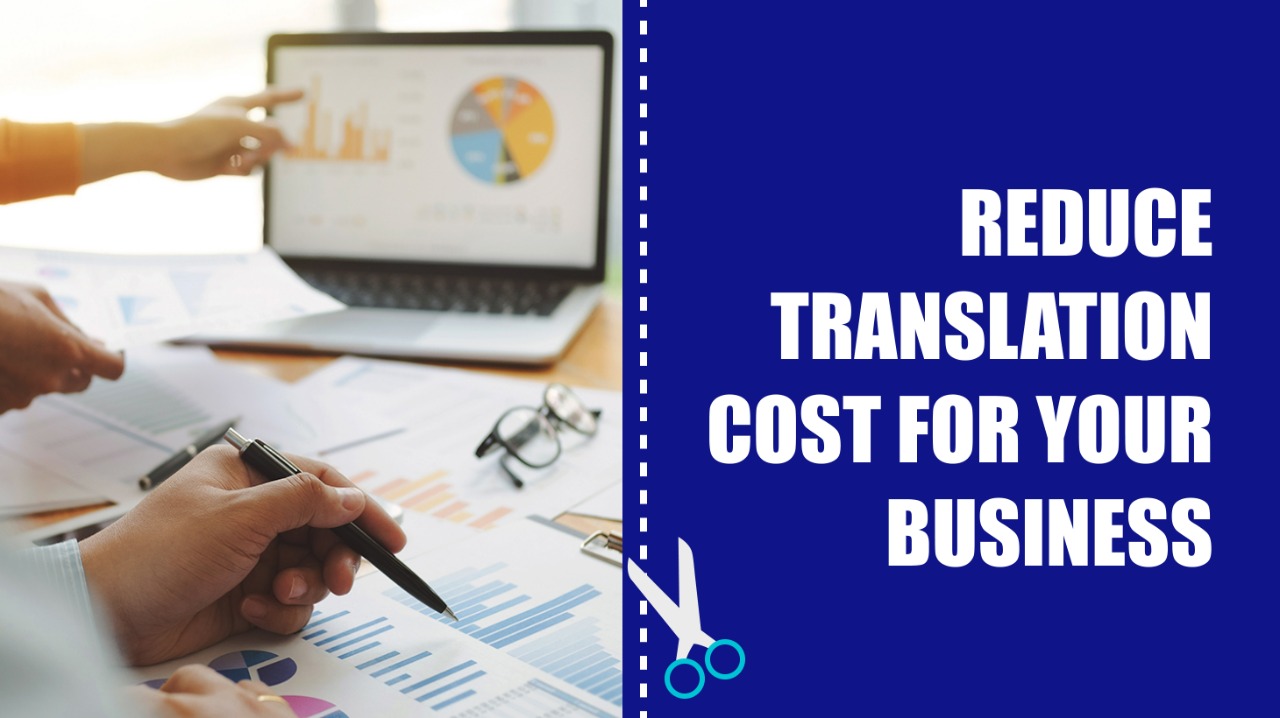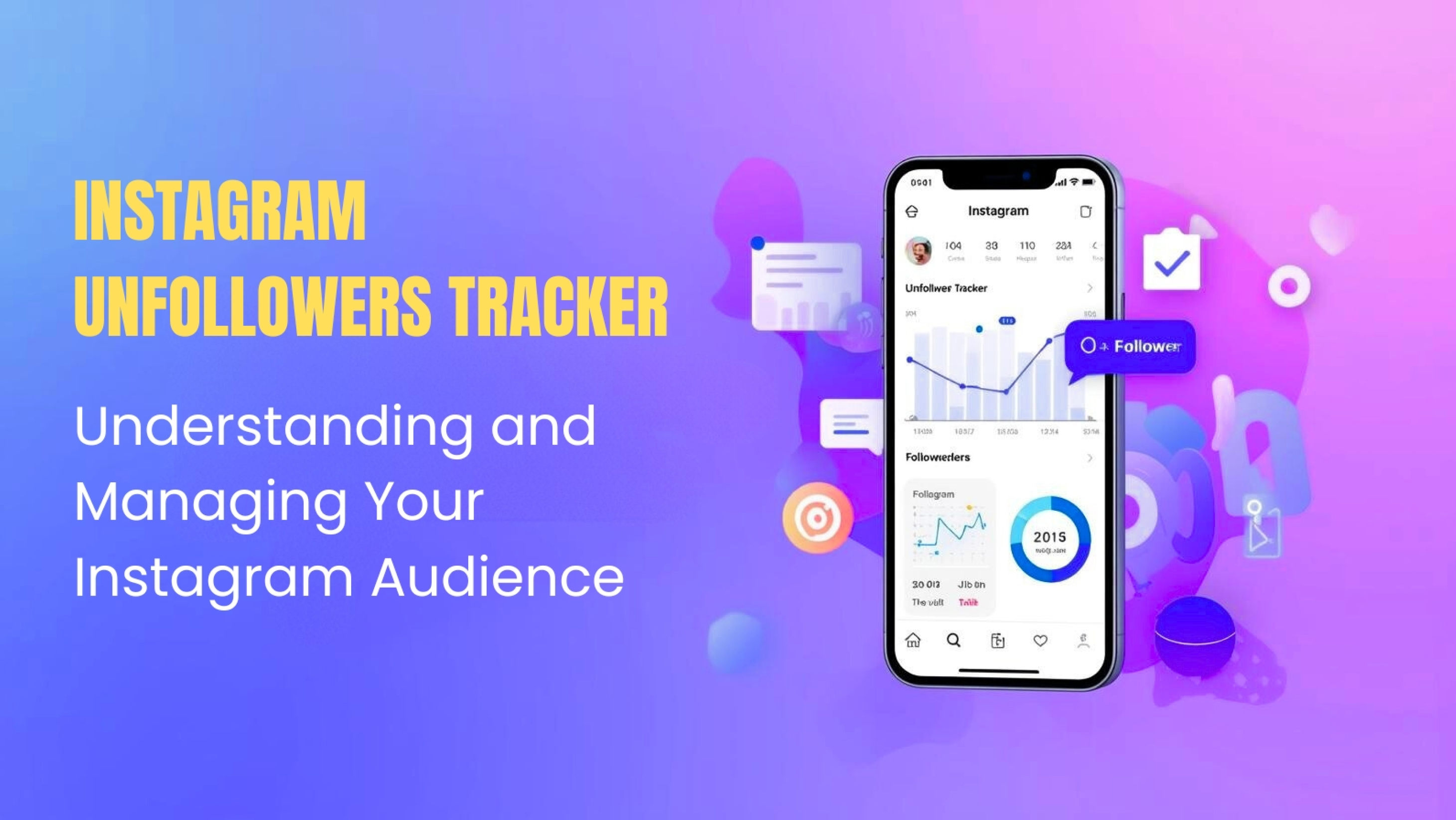In the modern world, businesses may reach customers throughout the world without being constrained by geographical restrictions. Serving worldwide markets is more common than not as the global economy becomes increasingly integrated. Your company must provide content of various types in a number of languages if it wants to survive in this networked ecosystem.
Multinational corporations are by no means the only ones who require multilingual material. Would you desire to broaden the scope of your commercial activity or open up to international markets? Then, you must expand the audience for your material and consider the languages, cultures, and backgrounds of all readers. Your translation budget, however, can stay the same even if your operations continue to expand annually.
What are the Translation Costs of Business?
Costs are mostly determined by the number of words being translated by language service providers. The languages of the source and the target are also crucial because the prices can change based on the language that needs to be translated.
The types of papers that need to be translated affect price. LSPs look at your document's content to calculate the cost of translation. The translation may cost more if it calls for translators who are experts in several subjects. The cost will increase as your document becomes more precise and technical.
The price of translation varies depending on the combination of languages. The price of translation increases with the rarity of the language pair. Because there are fewer translators in the former language combination, the cost of translating from English to Japanese, for instance, may be significantly greater than the cost of translating from English to Italian.
Your cost will also be directly impacted if translation technologies like machine translation or translation memory are used during the process.
Additional factors that affect translation prices include urgent delivery dates, unique types of translation such as certified translation, proofreading of already translated content, and special formatting requirements.
Things to Take into Account Before Document Translation
Your document will cost more to translate if the same facts and topic are described in different ways throughout. Since these repeated text segments are subsequently translated repeatedly.
Line breaks, spaces, tabs, and various number formats are also crucial. Therefore, you must make sure that your source documents are coherent and well-structured. This includes using succinct, simple language. Prior to sending the documents to the translation service provider, you should additionally proofread them.
A guide can also lower the price of translation. Have you created spelling guidelines for your business's names and products? Exist guidelines for the format and voice of your writing and other company texts?
Reduce Translation Costs Tips
1. Organize your Translation Job at Every Stage.
Where do your clients reside? Do you know the customer needs that your product can meet? Which languages are spoken there? Where does the bulk of the traffic to your website originate? You can establish a localization strategy to direct you in streamlining your workflow by responding to these questions.
The following measures should be taken once your stakeholders have agreed to support your vision:
* First, choose which language pairs to translate into first because you probably won't require your material in 20 or more languages right away.
* The next step is to set goals and measurable metrics, link these with the business's overall marketing plan, and use these to gauge success and spot opportunities for improvement.
* Establish your financial and other resources.
* A sense of the size of your translation project so you can establish timeframes that are reasonable.
* Bring in the stakeholders in your plan, and decide how to maintain communication with them (like executives, marketers, copywriters, designers, developers, product managers, etc.).
* To make sure the UI can manage the localized copy, talk about internationalization strategies with designers and engineers. Often, the translated text will expand, but it should still fit inside all of your product's buttons, dialogue boxes, menus, etc. Different date and currency formats should be supported by the localized user interface.
* Sort the information you wish to translate into categories based on its importance, visibility, and impact on your brand. Choose the material that could be translated by a machine.
* Make sure your translators have access to reference materials like a brand manual, product specifications, etc.
The amount of time and effort required at each stage of the translation workflow will be reduced if adequate time and resources are devoted to establishing the best localization approach. In the long term, you'll save time, which will automatically reduce your costs.
2. Make Sure the Source Material is of High Quality.
Make sure the source content is well-prepared before sending it to a localization platform, a translation company, or a language service provider. Correct any errors in the source text's grammar, punctuation, or letter capitalization.
Additionally, if necessary, eliminate any superfluous material to streamline your source text and improve its effectiveness. By making your source files easy to translate, you can reduce the effort of your translators. Your cost savings increase as the number of languages in which you want the information rises.
To ensure that your work is localization-proof while writing for an international audience, keep the following in mind:
* Keep your paragraphs short, but put clarity before brevity (e.g. if you need to write an additional paragraph to make the content extra clear, do it).
* Use as few idiomatic phrases and phrasal verbs as possible (they can wreak havoc in other languages if not adapted appropriately).
* Only use negations when absolutely required (according to Psycholinguistics, it takes the human brain extra work to process negations).
* Include measuring units, but spell them clearly rather than shortening them.
* Puns and rhyming text may not translate properly, so plan accordingly.
* Use one name to refer to one topic to maintain consistency in your vocabulary.
3. Utilize Technology to Reduce Manual Labor
Promoting efficiency and reducing manual labor are important components of cost-cutting. Working more quickly translates into a quicker time to market and fewer hours to bill, which results in both short- and long-term financial savings.
4. Utilize Phrase's Most Advantageous Characteristics.
The phrase is the smallest, quickest, and most dependable option on the market for scalable, hassle-free localization platforms that expand with your company. It provides all the tools you require to accelerate and streamline your localization operation and cut costs.
5. A Trustworthy Partner to Assist you in Lowering Translation Costs
Your most trustworthy ally in expanding into new markets is a localization platform. It removes the burden of having to translate a large volume of information and offers you the confidence that your costs will remain steady as you grow.
You need a localization platform that can scale with your plan and needs with user-based pricing because most TMS solutions focus your growth on the volume of your content. In this manner, the cost to you stays constant regardless of how much information you add.
















Post Comments